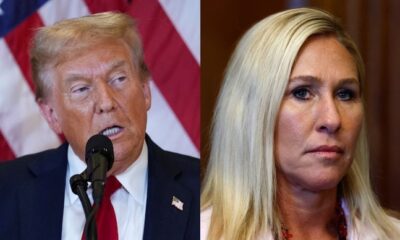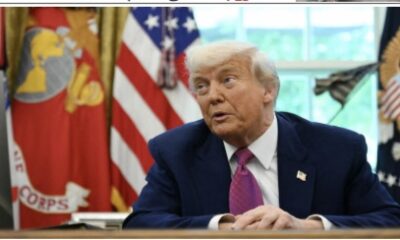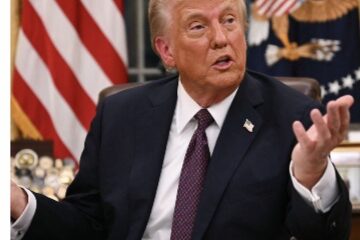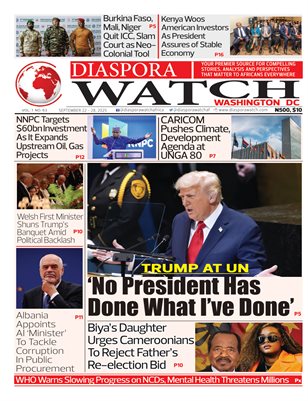Politics
Trump, Putin, Zelensky in Diplomatic Crossfire

Trump, Putin, Zelensky in Diplomatic Crossfire
Ukrainian President Volodymyr Zelensky met with U.S. President Donald Trump in the White House on Friday seeking delivery of long-range Tomahawk cruise missiles that could reach deep into Russian territory.
Diaspora Watch reports that the request comes amid growing concerns from Moscow and evolving diplomatic manoeuvres following recent communications between Trump and Russian President Vladimir Putin.
Trump had earlier indicated openness to supplying the weapons but expressed hesitation after a phone call with Putin.
“We need them too … we have a lot of them, but we need them,” Trump reportedly said, suggesting that U.S. military stockpiles and domestic priorities may limit what can be shared.
From Moscow, Kremlin spokesman Dmitry Peskov responded by calling any transfer of Tomahawks a “serious escalation,” warning of damage to U.S.–Russia relations.
He also emphasized that while these missiles are powerful, they might not fundamentally change the frontline dynamics of the war.
Analysts say that although Tomahawk missiles would enhance Ukraine’s capacity for strikes against high-value military and infrastructure targets, serious logistical problems remain.
Ukraine currently lacks reliable ground-based launch systems for such cruise missiles, and there are questions about how many Tomahawks the U.S. could supply without depleting its own strategic reserves.
The meeting between Zelensky and Trump coincides with plans for a summit between Trump and Putin in Budapest, further complicating the diplomatic calculus.
Some observers view the missile request not only as a military appeal, but also as part of Ukraine’s broader strategy to apply pressure for peace negotiations.
News
Security Concerns: Ribadu Hosts U.S. Congressional Delegation in Abuja
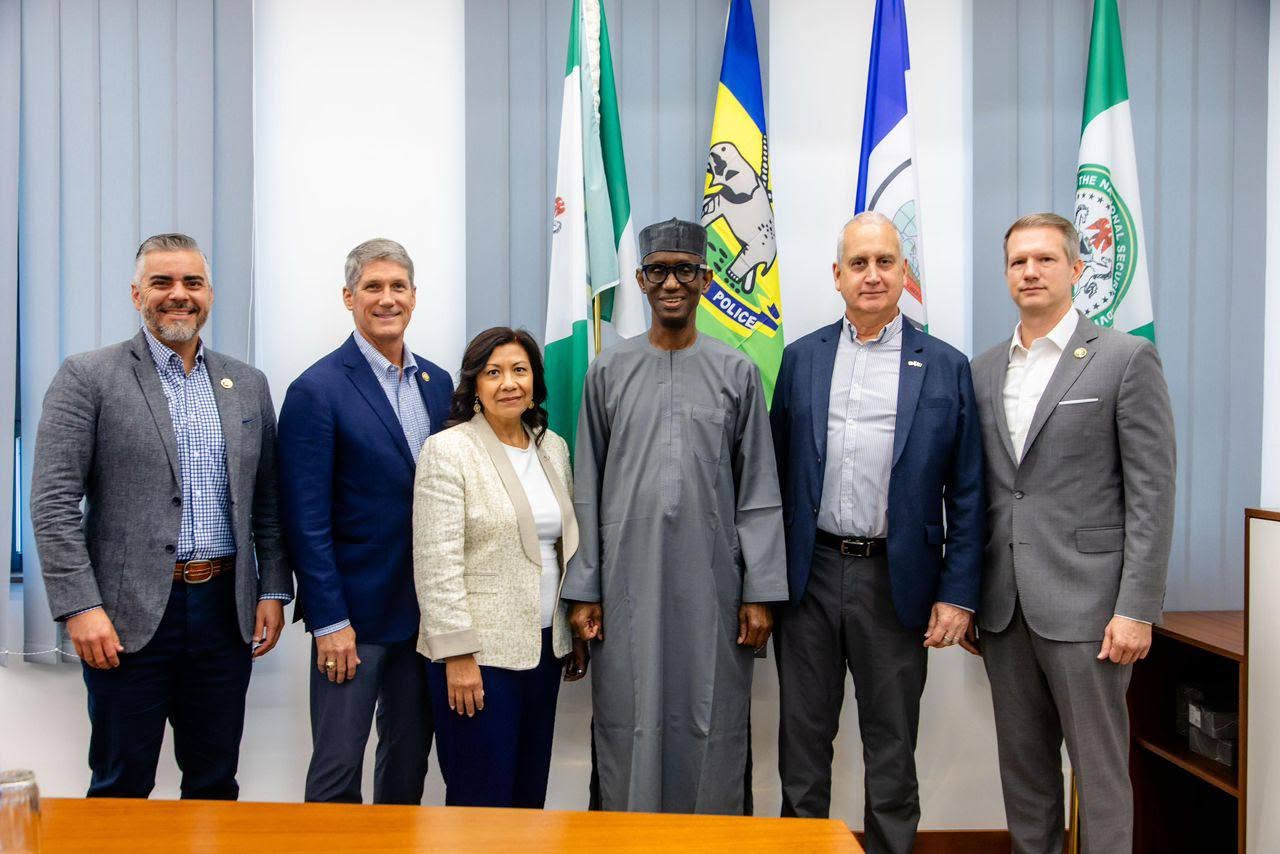
Security Concerns: Ribadu Hosts U.S. Congressional Delegation in Abuja
National Security Adviser Nuhu Ribadu on Sunday received a visiting delegation of the United States Congress in Abuja, as Nigeria and the U.S. continue high-level engagements on shared security priorities.
Ribadu, who shared details of the meeting on X, said the visit follows earlier discussions in Washington, D.C., focused on counter-terrorism cooperation and regional stability.
The delegation included U.S. lawmakers Mario Díaz-Balart, Norma Torres, Scott Franklin, Juan Ciscomani and Riley Moore, alongside U.S. Ambassador to Nigeria, Richard Mills.
He described the talks as constructive, noting that both sides explored ways to deepen strategic security collaboration.
“I’m optimistic this engagement will deepen trust, collaboration, and shared commitment to peace and security,” Ribadu said.
Congressman Riley Moore also described the visit as “very productive,” confirming that the delegation held wider engagements, including a stop in Benue State.
The meeting comes amid heightened diplomatic concern after U.S. President Donald Trump redesignated Nigeria as a Country of Particular Concern over alleged religious freedom violations, a move Nigeria has firmly rejected.
Nigeria has continued to seek stronger security partnerships with global allies.
Diaspora Watch recalls that on November 20, Ribadu met U.S. Secretary of War Pete Hegseth at the Pentagon, while President Bola Tinubu on November 27 approved Nigeria’s team for the U.S.-Nigeria Joint Working Group established during recent talks in Washington.
Diaspora
Benin Foils Military Coup Attempt, 14 Arrested
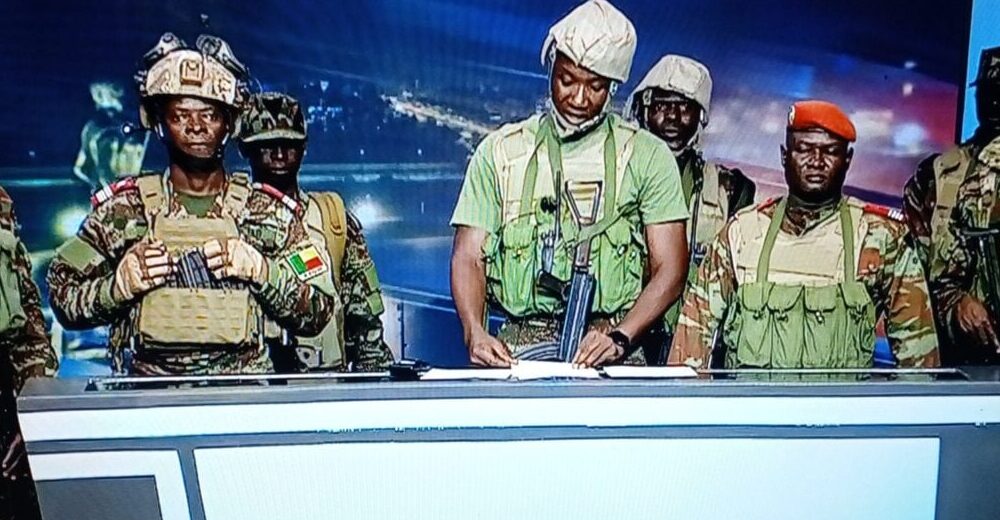
Benin Foils Military Coup Attempt, 14 Arrested
The government of Benin says it has thwarted an attempted coup after a group of soldiers tried to seize power in the early hours of Sunday.
Interior Minister Alassane Seidou, in a televised address, said the armed forces “remained committed to the republic” as loyalist troops moved swiftly to suppress what he described as “a mutiny aimed at destabilising the state and its institutions.”
Earlier, the renegade soldiers, led by Lt-Col Pascal Tigri, briefly took over the national television station and announced that President Patrice Talon had been removed.
It was reported that gunfire erupted near the presidential residence in Porto-Novo, while journalists at the state broadcaster were held hostage for several hours.
A presidential adviser later confirmed that Talon was safe, dismissing rumours that he had sought refuge at the French embassy.
French diplomats also denied the reports.
Government spokesperson Wilfried Leandre Houngbedji told Reuters that 14 people had been arrested so far.
A journalist in Cotonou said 12 of those detained were involved in storming the TV station, including a previously dismissed soldier.
The attempted takeover triggered heavy security deployment across Cotonou, with helicopters hovering overhead and major roads cordoned off.
Foreign embassies, including those of France, Russia, and the United States, issued advisories urging citizens to stay indoors.
In their broadcast, the rebel soldiers accused Talon of neglecting worsening insecurity in northern Benin, where militants linked to Islamic State and al-Qaeda have carried out deadly attacks near the borders with Niger and Burkina Faso.
They also protested rising taxes, cuts to public healthcare, and alleged political repression.
President Talon, 67, who came to power in 2016 and is expected to leave office next year after his second term, has faced growing criticism over democratic backsliding, including the barring of key opposition figures and recent constitutional amendments.
Sunday’s events add to a worrying pattern of military takeovers across West Africa, with recent coups in Burkina Faso, Guinea, Mali, Niger, and, just last week, Guinea-Bissau.
Ecowas, the AU, and Nigeria have all condemned the attempted coup in Benin, calling it a threat to regional stability.
Nigeria described the failed plot as a “direct assault on democracy” and commended Benin’s security forces for protecting the constitutional order.
Analysis
Perennial Coups in Africa, by Boniface Ihiasota
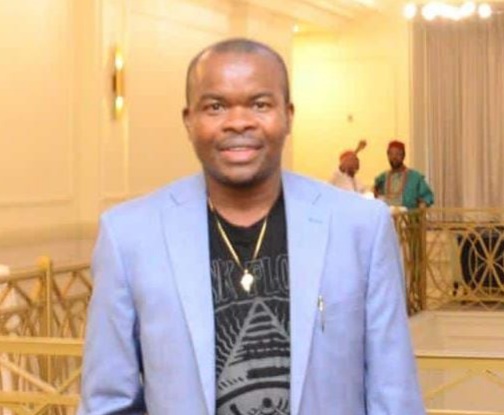
Perennial Coups in Africa, by Boniface Ihiasota
Africa’s post-independence path has often been marred by abrupt disruptions of democratic order, with coups becoming a recurrent and, tragically, almost predictable phenomenon. The recent events in Benin reaffirm that this spectre remains alive. On 7 December 2025, a group of soldiers appeared on state television declaring they had seized power, dissolved national institutions, suspended the constitution, and closed the country’s borders. Yet the attempt was thwarted when loyalist forces regained control, with the government’s Interior Minister confirming the coup had been foiled.
This near-coup in Benin is not an isolated incident; rather, it is a vivid illustration of a broader pattern that has haunted the continent for decades. Since the 1950s, the tally of coups, both successful and attempted, in Africa outstrips any other region globally. By some estimates, between 1950 and 2023, Africa registered around 220 coup attempts, of which 109 succeeded and 111 failed. At least 45 of the 54 countries on the continent have experienced at least one coup attempt in their postcolonial history.
The persistence of coups in Africa can be traced to deep structural challenges. Weak institutions, fragile rule of law, endemic corruption, economic hardship, and porous civil-military relations often create fertile ground for military interventions. Researchers have consistently noted the imbalance between civilian governance structures and powerful militaries as a recurring factor in the continent’s political instability.
West Africa, in particular, has borne the brunt of this cycle. Between 2020 and 2023 alone, there were nine coups or attempted coups across West and Central Africa, with nations such as Niger, Mali, Burkina Faso, Chad, and Guinea experiencing partial or complete military takeovers.
The attempted coup in Benin stands out because, for many years, the country had been regarded as one of West Africa’s more stable democracies. Since the return to democratic rule in 1991 after nearly two decades of military dictatorship, Benin has regularly held presidential elections every five years. The 2025 attempt, therefore, is both a shock and a wake-up call.
The details surrounding the recent Benin plot are unsettling. According to the state prosecutor in a prior 2024 case, a coup attempt allegedly involved bags containing 1.5 billion CFA francs, approximately 2.5 million U.S. dollars, intended as funds to bribe or mobilize the presidential guard. Those implicated included a former sports minister and a businessman linked to high-level politics.
While not identical to the 2025 mutiny, the previous case indicates deeper undercurrents of elite intrigue and corruption that may feed motivations for a coup. The immediate impact of the failed 2025 attempt will likely be an internal reckoning: increased insecurity, possible crackdowns, and a climate of suspicion, all of which tend to frighten away investors and diminish public trust. But the consequences extend beyond the immediate. Every interruption in democratic order chips away at long-term institution-building and erodes the social contract between state and citizen.
From the diaspora, the frustration is palpable. We watch as our homelands oscillate between hope and despair, innovation and interruption. Our remittances, investments, and prayers for progress are tethered to the fate of countries like Benin. When a fragile democracy nearly falls, it shakes our belief in a stable Africa whose promise we carry with us across oceans and continents. However, beyond despair lies reflection, and perhaps even resolve.
The coup attempt in Benin should serve as a warning that stability cannot be taken for granted and that democracy is not guaranteed but must be actively nurtured and protected.
For Africa to break free from this cyclical fate of coups, governance structures must be strengthened to ensure a robust judiciary, independent electoral bodies, transparent civilian oversight of the military, and accountable intelligence services. Civic education must cultivate vigilant citizens who demand accountability and refuse to normalize unconstitutional transfers of power.
Regional and international solidarity is equally important, supporting democracy through the promotion of governance, human rights, and long-term stability rather than the expediency of short-term interests.
The failed coup in Benin is a moment of reckoning, not only for Benin but for the continent as a whole. Coups may disrupt governments, but they cannot and should not disrupt the enduring spirit of Africa. The long arc of African progress, encompassing democracy, development, and dignity, demands more than periodic elections; it requires strong institutions, integrity, and a citizenry committed to holding power accountable.
The shadow of coups has loomed over Africa for decades, but it is neither immutable nor inevitable. Breaking this cycle demands collective responsibility, unity, and the prioritization of national interest over personal ambition. Only through these sustained efforts can Africa replace the recurrent threat of military takeovers with a horizon of lasting democracy and development, ensuring that the promise of the continent is no longer postponed but fulfilled for generations to come.
-

 News1 week ago
News1 week agoInsecurity: US Spy Plane Begins Operations in Nigeria
-
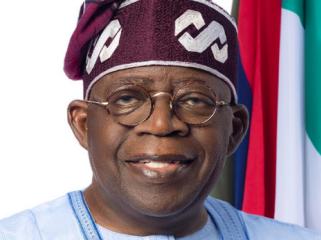
 News1 week ago
News1 week agoTinubu Sends 32 Additional Ambassadorial Nominees to Senate for Confirmation
-
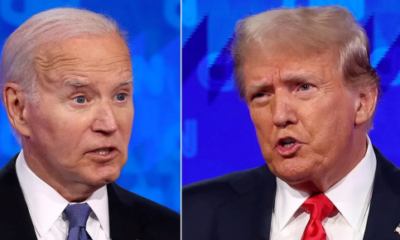
 Politics1 week ago
Politics1 week agoUS Shooting Sparks Controversy Over Afghan Vetting as Trump Blames Biden
-
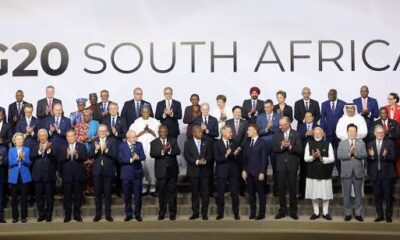
 Analysis1 week ago
Analysis1 week agoAs G20 Moves On Without America, by Alabidun Shuaib AbdulRahman
-
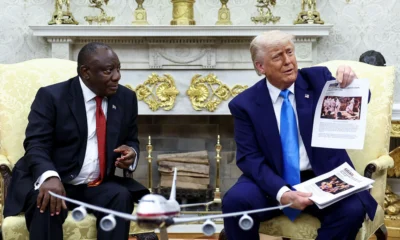
 News1 week ago
News1 week agoUS–South Africa Rift Deepens Over G20 Boycott and Diplomatic Snubs
-
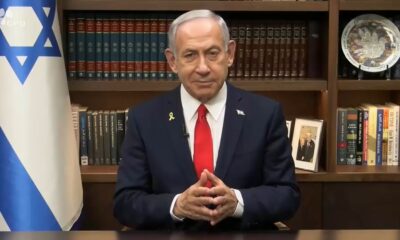
 News1 week ago
News1 week agoIsraeli PM Netanyahu Seeks Presidential Pardon Amid Ongoing Corruption Trials




